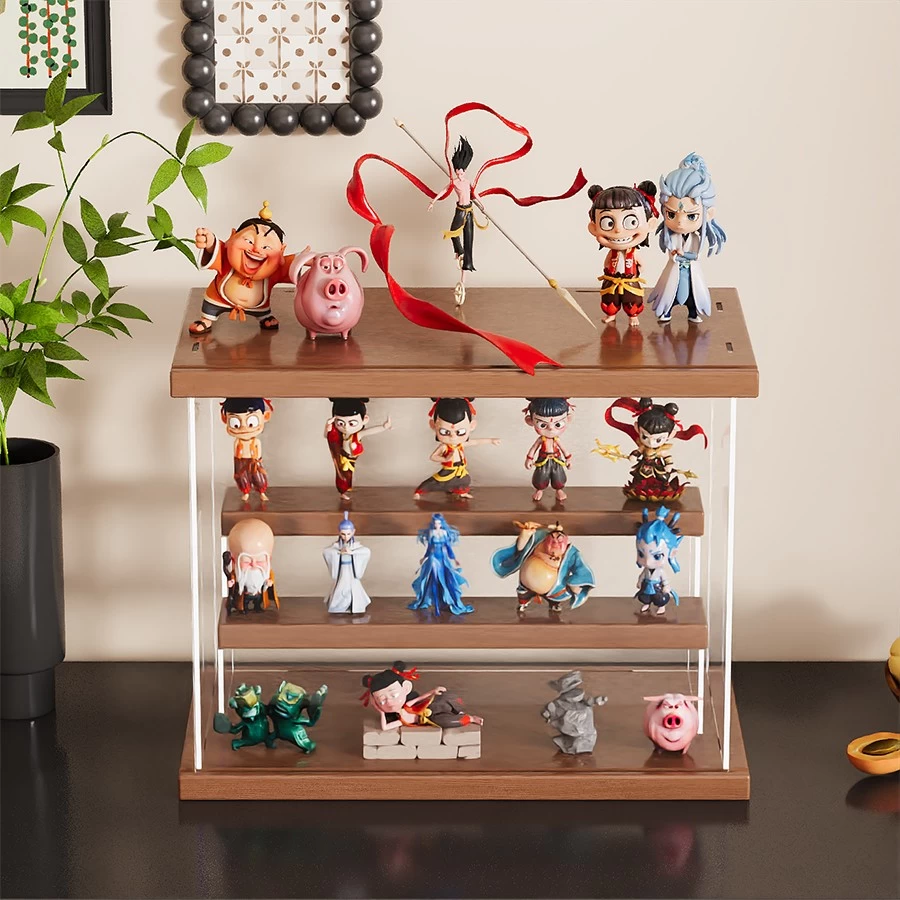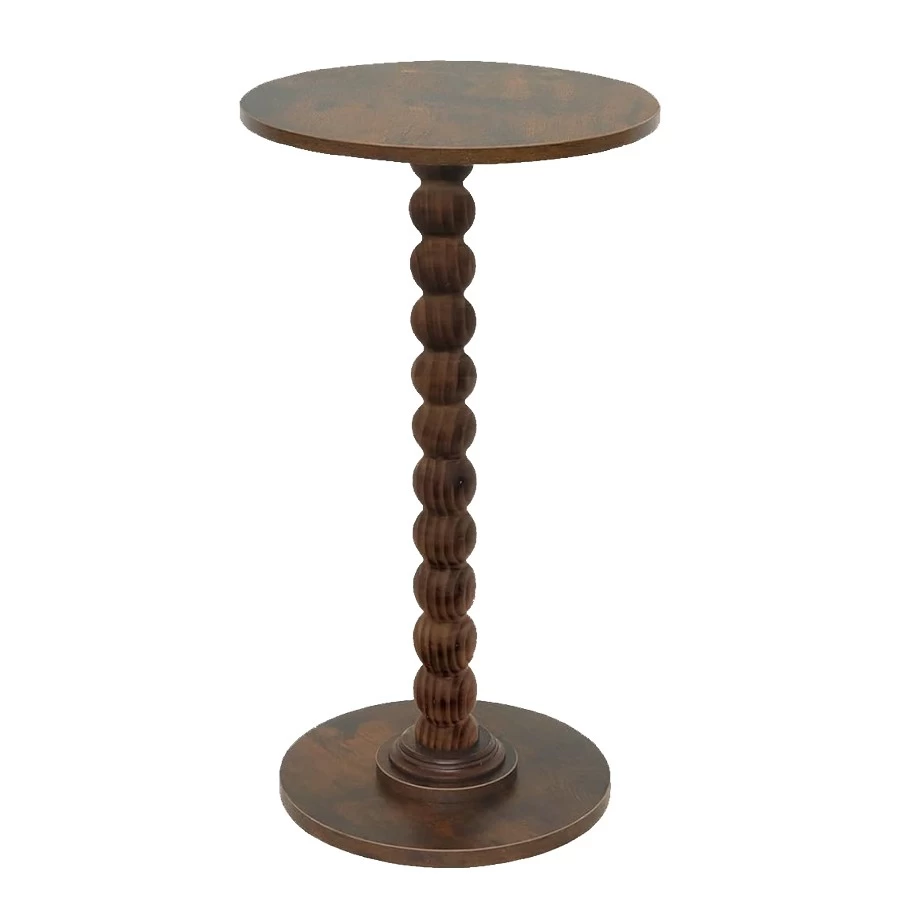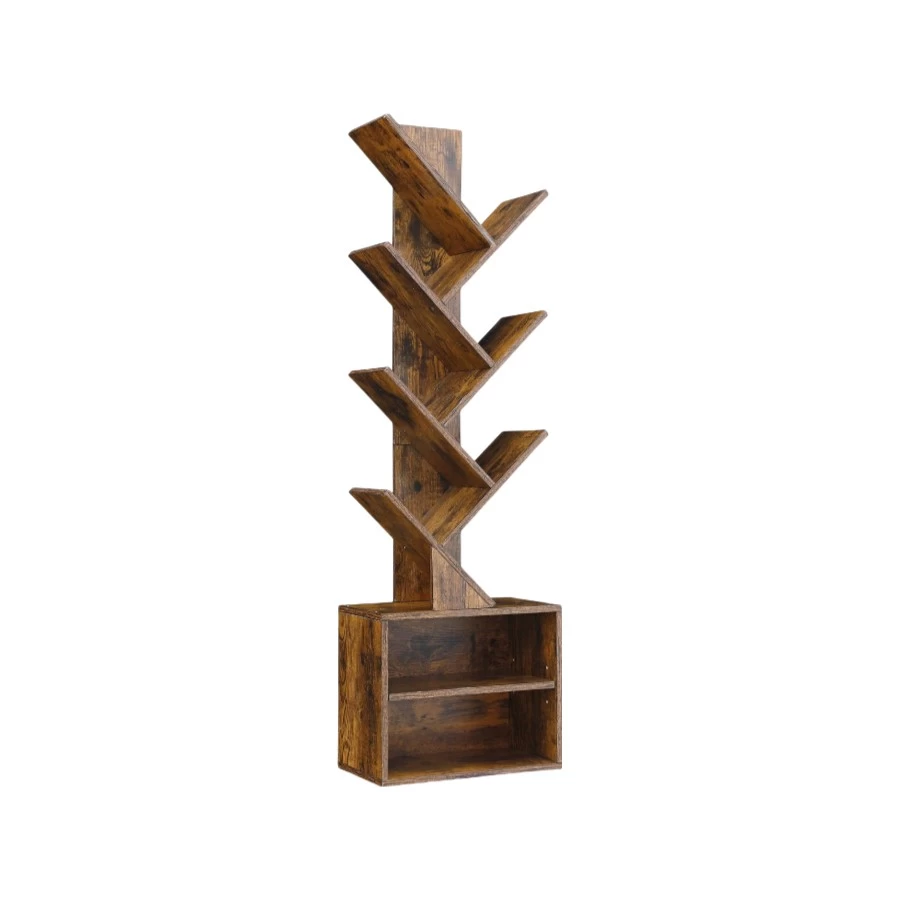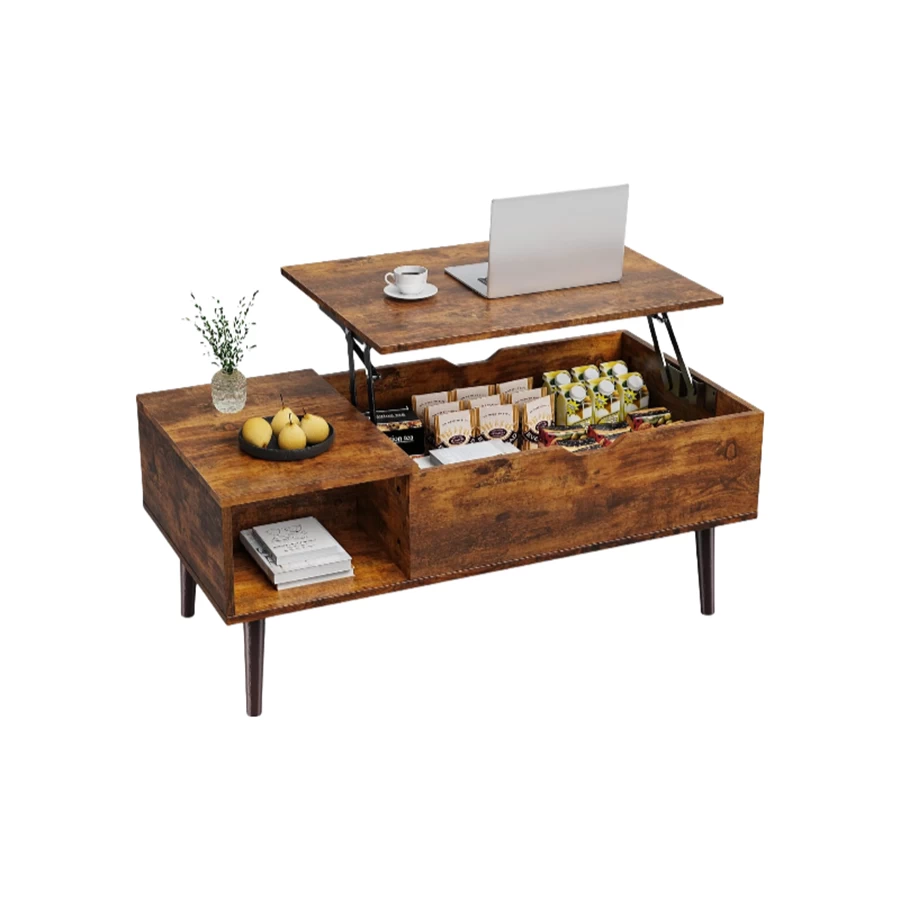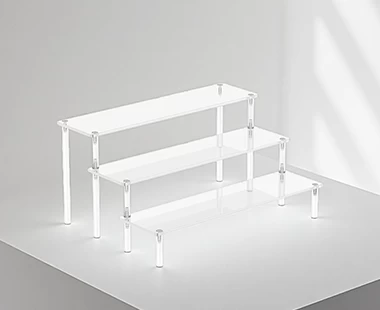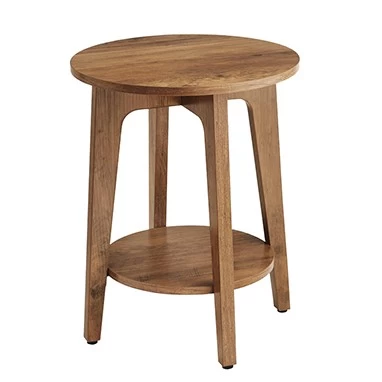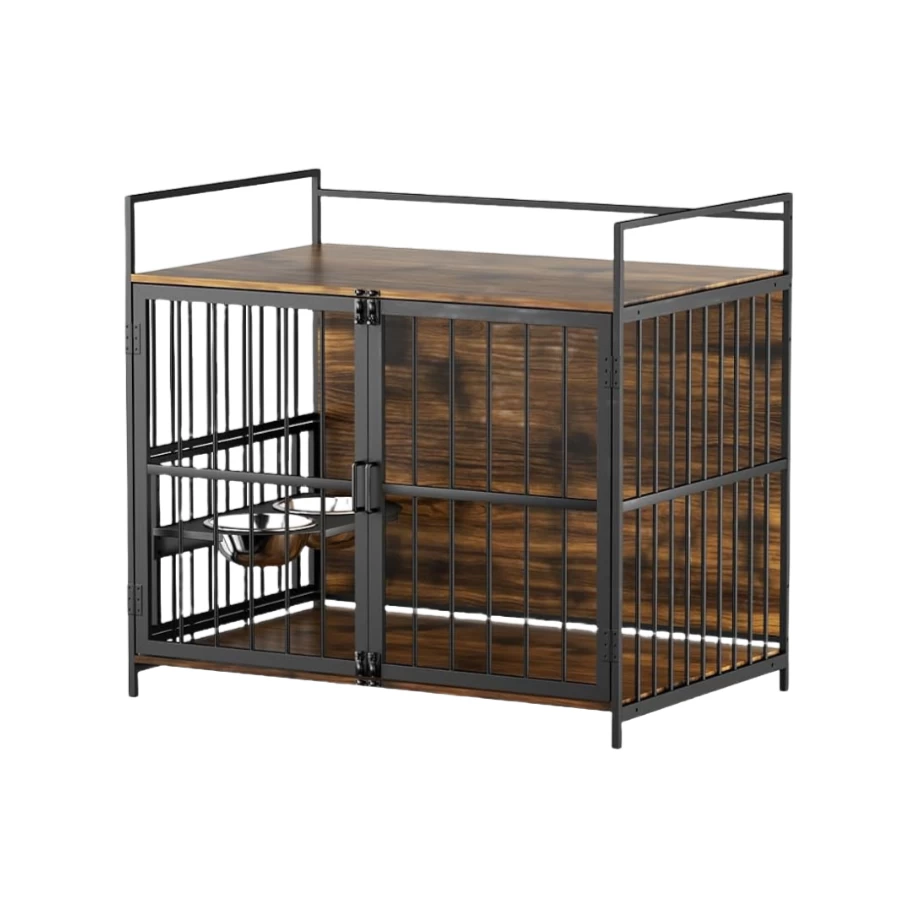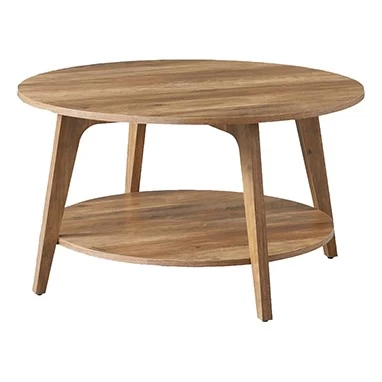How to Choose a Pooja Mandir? 5 Design Secrets to Integrate the “Sacred Space” into Every Moment of Life
Pooja Mandir is not only a religious symbol, but also a fusion of home functionality and cultural art. From traditional temple structures to modern innovative designs, these “codes” determine how it illuminates your space:
1. Structural Code:
- Spire (Shikhar): Symbolizing the sacred mountain, traditional designs retain intricate carvings, while modern designs simplify into geometric shapes (suitable for minimalist home styles);
- Sanctuary (Garbhagriha): The core worship area, with lotus and elephant motifs adorning the lintel, and Kalash vase carvings on the back wall symbolizing “abundance and protection”;
- Storage System: Bottom drawers + side cabinets provide hidden storage for incense, candles, and scriptures, ensuring rituals are conducted in an “orderly and private” manner.

2. Feng Shui Principles (Vastu Shastra):
Prioritize the northeast direction (Ishan corner), with walls in white/beige to create a sense of tranquility; warm LED lighting outlines the contours, avoiding direct glare, to enhance focus during prayer.
3. Scenario Codes:
- Small apartments: Choose wall-mounted or corner triangular cabinets to save space while maintaining elegance;
- Luxury homes: Customize an independent shrine room with a dual sanctuary structure, handmade wool carpets, and brass chandeliers to create a faith space worthy of family heritage.
Want to make the Pooja Mandir truly the “soul of the home”? Visit [custom-made furniture factory china](https://www.woodfurnituresupplier.com/) to contact customer service and explore custom solutions, ensuring every inch of space embodies faith and aesthetics.







